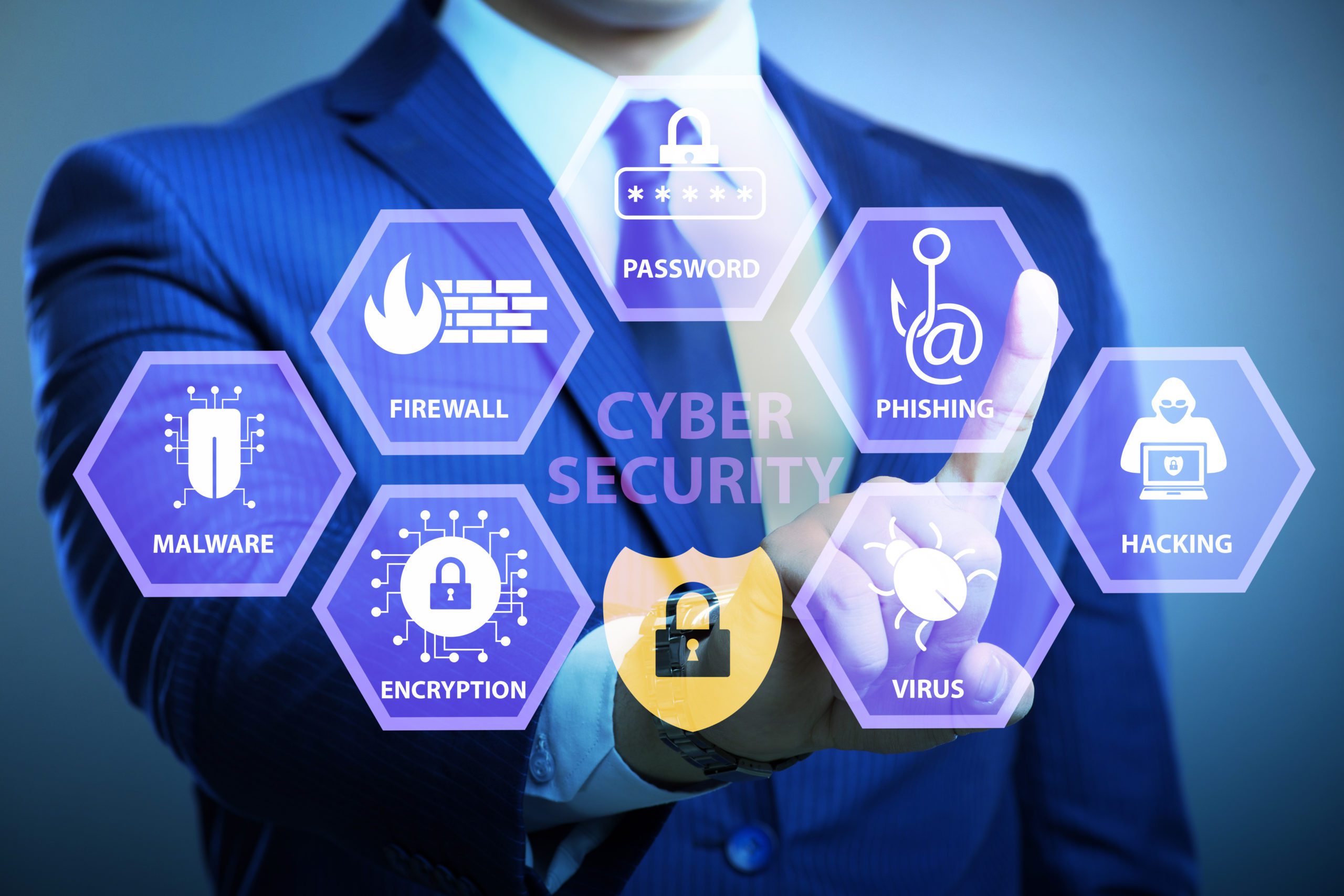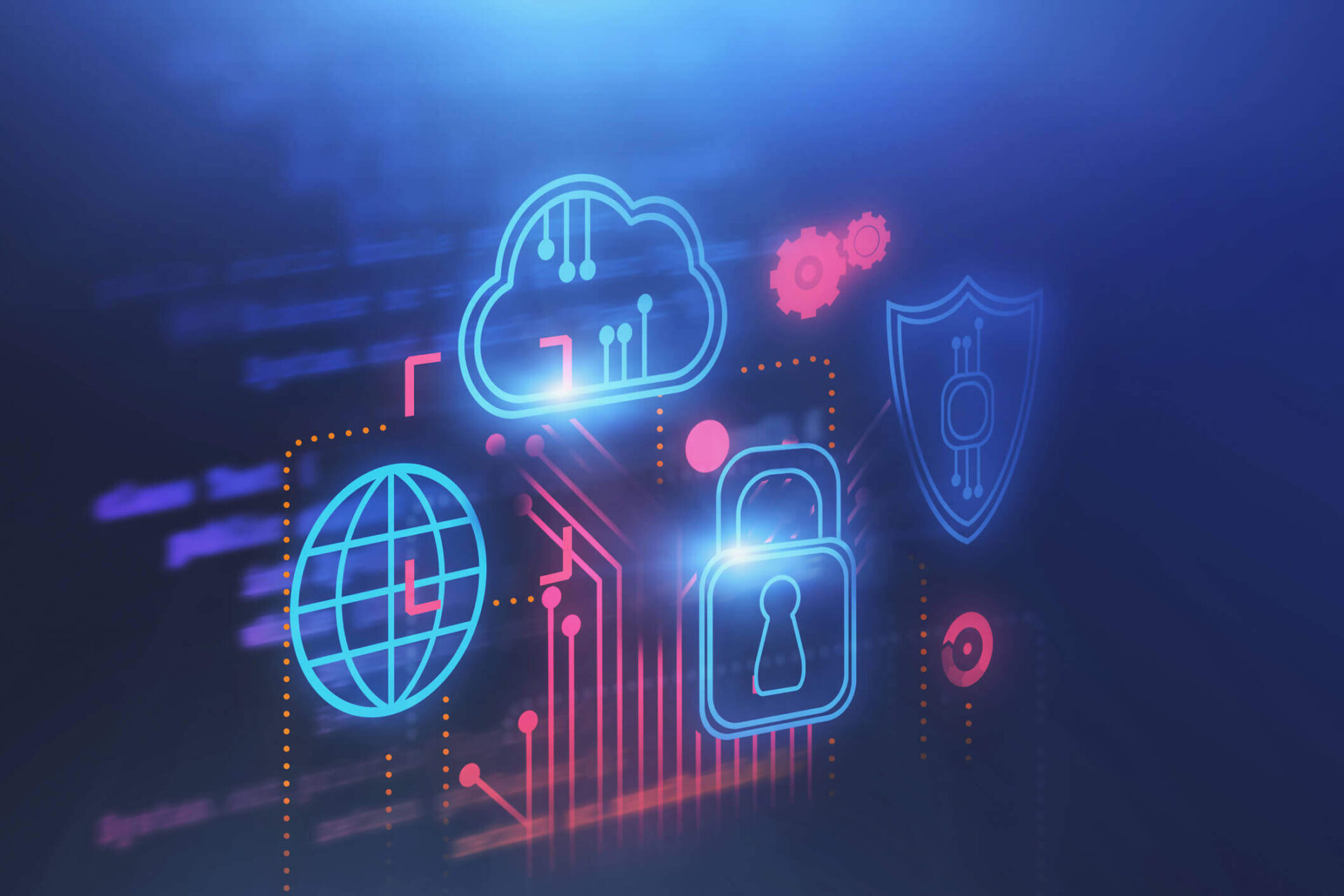In today’s digital age, enterprises face an ever-growing number of cyber threats that can compromise their sensitive data and disrupt operations. From ransomware attacks to phishing scams, the landscape of cyber threats is constantly evolving, making it crucial for organizations to stay vigilant and prepared. This article, “Understanding the Cyber Threat Landscape for Enterprises: A Complete Guide,” aims to provide insights into the common types of cyberattacks and the importance of robust cybersecurity solutions for enterprises.
As organizations navigate the complex world of cybersecurity, it is essential to adopt a comprehensive framework to safeguard against potential threats. Cybersecurity solutions for enterprises play a pivotal role in protecting valuable assets, maintaining business continuity, and ensuring customer trust. By implementing a zero-trust approach, leveraging cutting-edge technologies like AI and ML, enhancing employee awareness, partnering with Managed Security Service Providers (MSSPs), and staying informed about the latest trends, companies can strengthen their defense mechanisms and mitigate risks effectively.

Unveiling the Dynamic Cyber Threat Landscape for Enterprises
The Constant Evolution of Cyber Threats
In today’s interconnected digital environment, cyber threats continuously evolve, posing significant risks to enterprises worldwide. Advanced persistent threats, social engineering tactics, and zero-day vulnerabilities challenge organizations, emphasizing the critical need for robust cybersecurity measures to safeguard sensitive data and operations.
Common Types of Cyberattacks
Enterprises encounter a myriad of cyber threats, including phishing schemes, malware injections, ransomware attacks, and DDoS assaults. These relentless tactics aim to exploit vulnerabilities in networks, devices, and human behavior, underscoring the essentiality of comprehensive cybersecurity strategies to detect, prevent, and respond effectively to such threats.
Tailoring Risk Assessments for Enhanced Security
Understanding the distinct risk profile of each enterprise is paramount in fortifying defenses against cyber threats. Conducting in-depth risk assessments enables organizations to identify vulnerabilities, prioritize security measures, and tailor cybersecurity strategies to address specific threats and mitigate potential risks effectively. This proactive approach enhances overall resilience and preparedness in the face of evolving cyber challenges.

The Crucial Role of a Cybersecurity Framework for Enterprises
A robust cybersecurity framework serves as the backbone for safeguarding enterprise systems and data against a myriad of cyber threats. By encompassing threat identification, risk assessment, and incident response strategies, a comprehensive framework provides a structured approach to fortify defenses.
Key components like defining security policies, implementing access controls, conducting regular audits, and ensuring compliance contribute to a well-rounded cybersecurity framework tailored to address specific organizational needs. Implementation involves continuous monitoring, updating policies, and regular training to ensure effectiveness and adaptability to evolving threats.

Harnessing the Power of AI and ML in Cybersecurity
Detecting and Responding to Cyber Threats
Artificial Intelligence and Machine Learning revolutionize cybersecurity by efficiently detecting and responding to evolving threats in real-time. By analyzing vast amounts of data, these technologies enhance threat detection accuracy and speed, enabling proactive defense measures.
Practical Use Cases in Cybersecurity
AI and ML are instrumental in threat detection, anomaly analysis, and predictive modeling. They excel in recognizing patterns, identifying anomalies, predicting potential risks, and automating responses, making them invaluable assets in proactive cybersecurity measures.
Integration Considerations for Cybersecurity Advancement
When integrating AI and ML into cybersecurity frameworks, consider factors like data quality, transparency, model bias, and human oversight. Ensuring seamless integration and continuous refinement of algorithms is essential to maximize the benefits these technologies offer in enhancing cyber defense strategies.

Elevating Cybersecurity Awareness and Training for Employees
Importance of Cybersecurity Awareness and Training
Employee awareness and training are cornerstone elements in fortifying a robust Cybersecurity Framework for Enterprises. Educating staff about cyber threats, safe online practices, and the significance of data protection cultivates a security-conscious culture within the organization. Empowered employees are vital assets in safeguarding sensitive information and mitigating potential risks effectively.
Best Practices for Effective Cybersecurity Training Programs
Developing comprehensive cybersecurity training programs tailored to employees’ roles and responsibilities is essential. Utilize a blend of interactive methods such as online modules, workshops, and real-life scenarios to engage employees effectively. Regularly update training content to address evolving threats and enhance employees’ cybersecurity resilience continuously.
Reinforcing Knowledge Through Role-playing and Simulations
Integrating role-playing, simulations, and hands-on exercises in cybersecurity training sessions enhances retention and practical application of knowledge. By simulating real-world cyber incidents, employees can experience firsthand the impact of security breaches and sharpen their incident response skills. This interactive approach creates a proactive security mindset within the workforce, strengthening the organization’s overall cyber defense posture.

Staying Current with Cybersecurity Trends
Importance of Staying Updated
Staying current with emerging cybersecurity threats and trends is paramount for enterprises to bolster their defenses effectively. By understanding the latest tactics used by cybercriminals and the evolving landscape of threats, organizations can proactively adapt their cybersecurity measures and stay ahead of potential risks.
Resources and Platforms
To stay informed about the latest cybersecurity developments, enterprises can leverage resources such as industry-specific publications, cybersecurity blogs, reputable online forums, and attending cybersecurity conferences and webinars. Following renowned cybersecurity experts on social media platforms can also provide real-time insights into emerging threats and best practices.
Proactive Adaptation Measures
Adapting to the changing cybersecurity landscape involves conducting regular vulnerability assessments, implementing patch management strategies, engaging in threat intelligence sharing with industry peers, fostering a culture of cybersecurity awareness among employees, and continuously evaluating and updating the cybersecurity framework for enterprises. This proactive approach ensures readiness against dynamic cyber threats.
By actively engaging with emerging cybersecurity trends, staying abreast of evolving threats, and fostering a culture of continuous learning and improvement, enterprises can enhance their resilience and agility in combating cybersecurity challenges effectively. Staying current with cybersecurity trends is not merely a reactive measure but a strategic approach to fortifying the cybersecurity framework for enterprises against ever-evolving digital threats.
